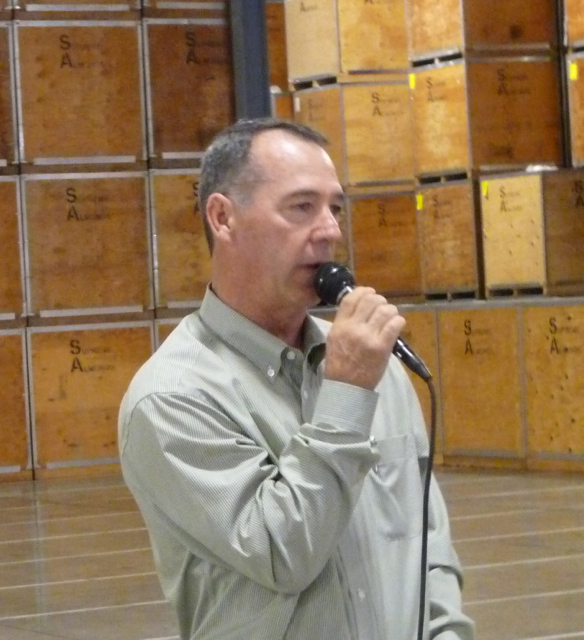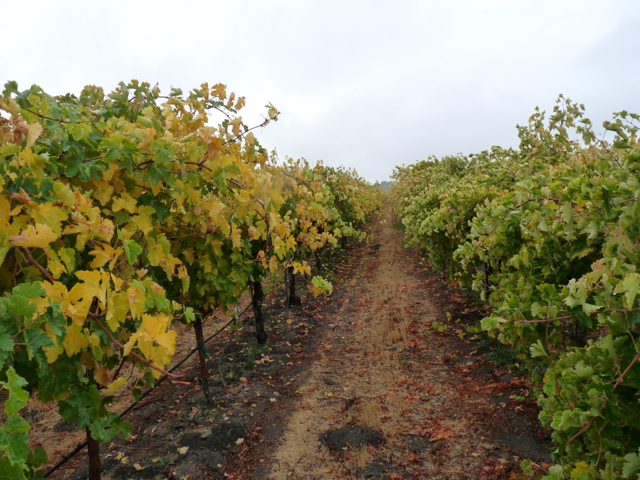Big Almond Crops Coming, Marketing Efforts Shift to Higher Gear
The Almond Board of California Has Eyes on European Consumers
By Joanne Lui, Associate Editor
The Almond Conference was held recently in Sacramento, and growers and pest control advisors heard lots of news from forward-thinking industry leaders. Stacey Humble is Vice President of Global Marketing and Communications for the Almond Board of California, which hosts the annual event. She told California Ag Today that extra big crops are coming.
“You know, we have a dramatic increase in production coming online – about 500 million pounds. So, in terms of marketing, we need to make sure that we are utilizing all the resources that we have to their maximum benefit and that we’re reflecting on lessons learned in synergies and opportunities that we can take from one market to the next,” Humble said.
The Almond Board is looking at how they can strengthen sales in new markets as well as existing markets.
“How we can do more in existing markets so that we’re balancing our investment portfolio?” Humble said. “We’re trying to do more quickly in some markets and establish ourselves for success in the long term in other markets.”
A good example of possible increasing sales is the big European market, such as Germany. They are the biggest importer of almonds, but consumers there do not eat them as a nutritious snack.
“The German consumer loves the flavor of almonds, loves almond products and is very familiar with it, but has the lowest top of mind awareness in any market that we work in when it comes to thinking of almonds as a snack,” Humble said. “That is a huge opportunity. It’s essentially a new market for us, within an established market where we have existing trade relationships, where the consumer is familiar with the product and seeks it out already but just does so as a bakery ingredient.”























